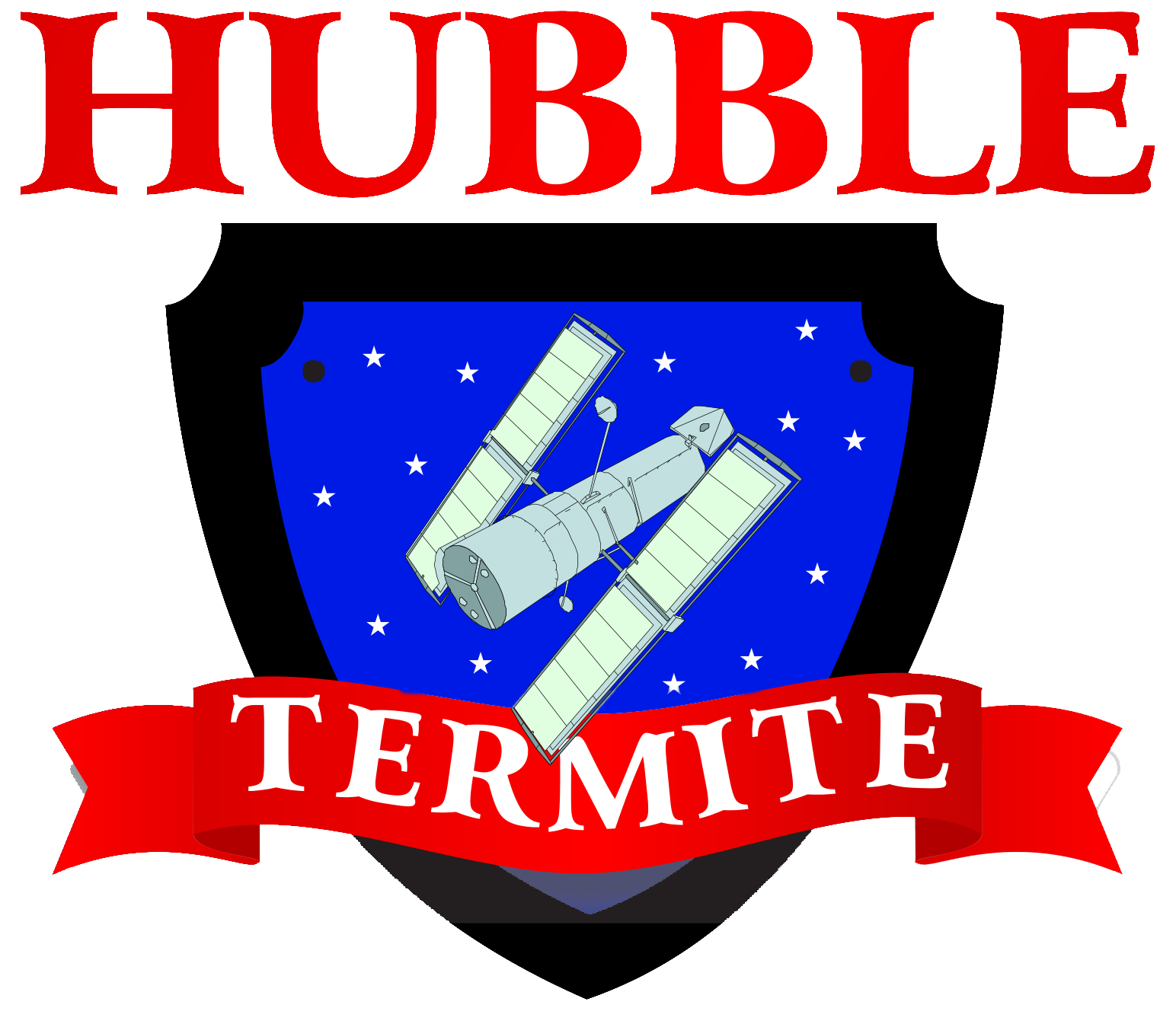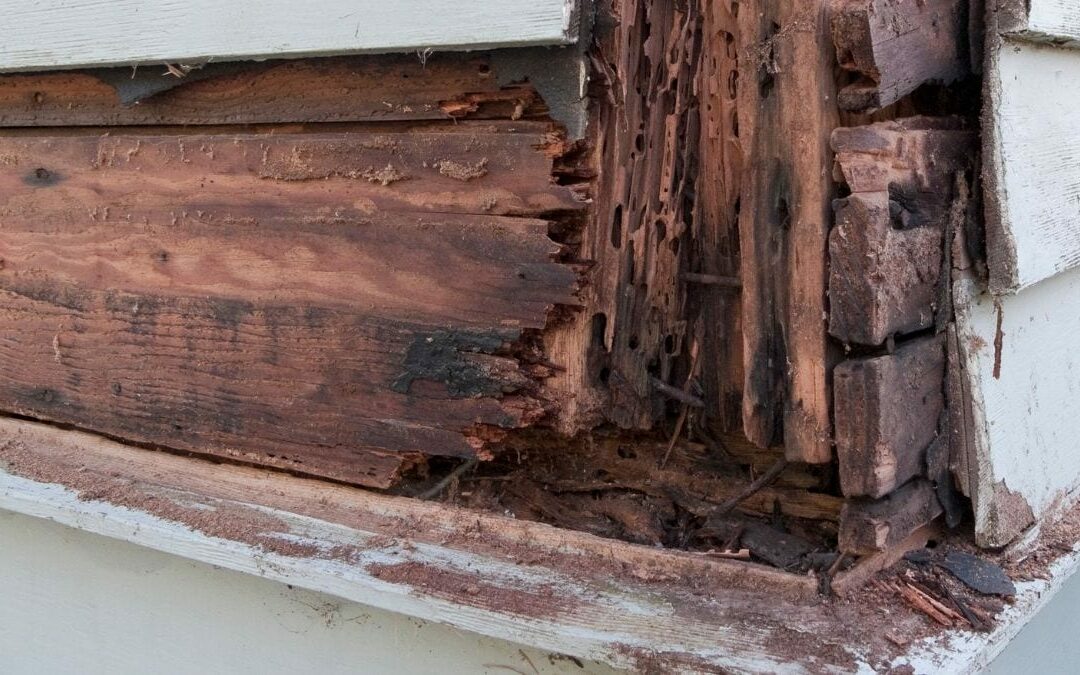Understanding Wood Dry Rot and Termite Damage
As a homeowner, maintaining the integrity of your home is crucial. Wood dry rot and termite damage are two of the most daunting issues that can compromise the structural stability of your home. Though both problems can result in weakened wood, they stem from different causes. It is important to understand the distinction between these issues, along with their signs and symptoms, for effective home maintenance and repair.
What is Wood Dry Rot?
Wood dry rot is a form of wood decay caused by certain species of fungi that digest parts of the wood which give it strength and stiffness. Contrary to what its name might suggest, dry rot requires moisture to begin its destructive process, typically occurring in wood with a moisture content of 20% or higher. The fungus thrives in environments lacking proper ventilation, which allows moisture to accumulate. Over time, dry rot can lead to severe weakening of wooden structures, making them crumbly and structurally unsound.
How Dry Rot Differs from Termite Damage
While both dry rot and termite damage result in weakened wood, the causes and manifestations of these problems are quite distinct. Termite damage is caused by termites consuming the wood, leaving behind a series of tunnels and possibly hollowed-out wood, depending on the termite species. Unlike the fungi responsible for dry rot, termites do not require the wood to be in a damp condition to consume it, although some species, like subterranean termites, are attracted to moist wood.
Signs and Symptoms of Wood Dry Rot
Recognizing the signs of wood dry rot early on can save homeowners a significant amount of time and money in repairs. Some symptoms to look out for include:
– Wood Shrinking, Warping, or Cracking: As the fungus consumes the wood, it may appear to shrink or become warped. Cracks can also develop along the grain.
– Soft and Spongy Texture: Affected wood may feel soft and spongy to the touch, even crumbling away when pressure is applied.
– Damp, Musty Odor: A strong, musty smell is often present in areas affected by dry rot.
– Fungal Growth: In advanced stages, you may see a cotton-like growth or a mushroom-like body on the wood surface.
Signs and Symptoms of Termite Infestation
Termite damage can be more difficult to detect because termites often eat wood from the inside out. However, there are several indicators that can signal a termite infestation:
– Visible Tunnels in Wood: Also known as “galleries”, which may be hard to see unless the wood is broken open.
– Hollow Sounds: Wood that sounds hollow when tapped can indicate that termites have eaten away the interior.
– Discarded Wings: Swarmers, or reproductive termites, leave behind discarded wings near windowsills or doors.
– Mud Tubes: Subterranean termites build mud tubes to travel between their colony and their food source, which can often be seen on foundation walls.
– Frass: Drywood termites produce wood-colored droppings called frass, which may be found near infested wood.
Conclusion
Though both wood dry rot and termite damage can affect the structural integrity of a home, they are caused by different factors and require distinct approaches to treatment and prevention. Recognizing the signs and symptoms of each can help homeowners take timely action to address these problems. Regular inspections, proper ventilation, and moisture control are key in preventing dry rot, whereas termite infestations call for professional pest control measures. Being informed about these common home issues is the first step towards protecting your property and ensuring a safe, stable living environment.

